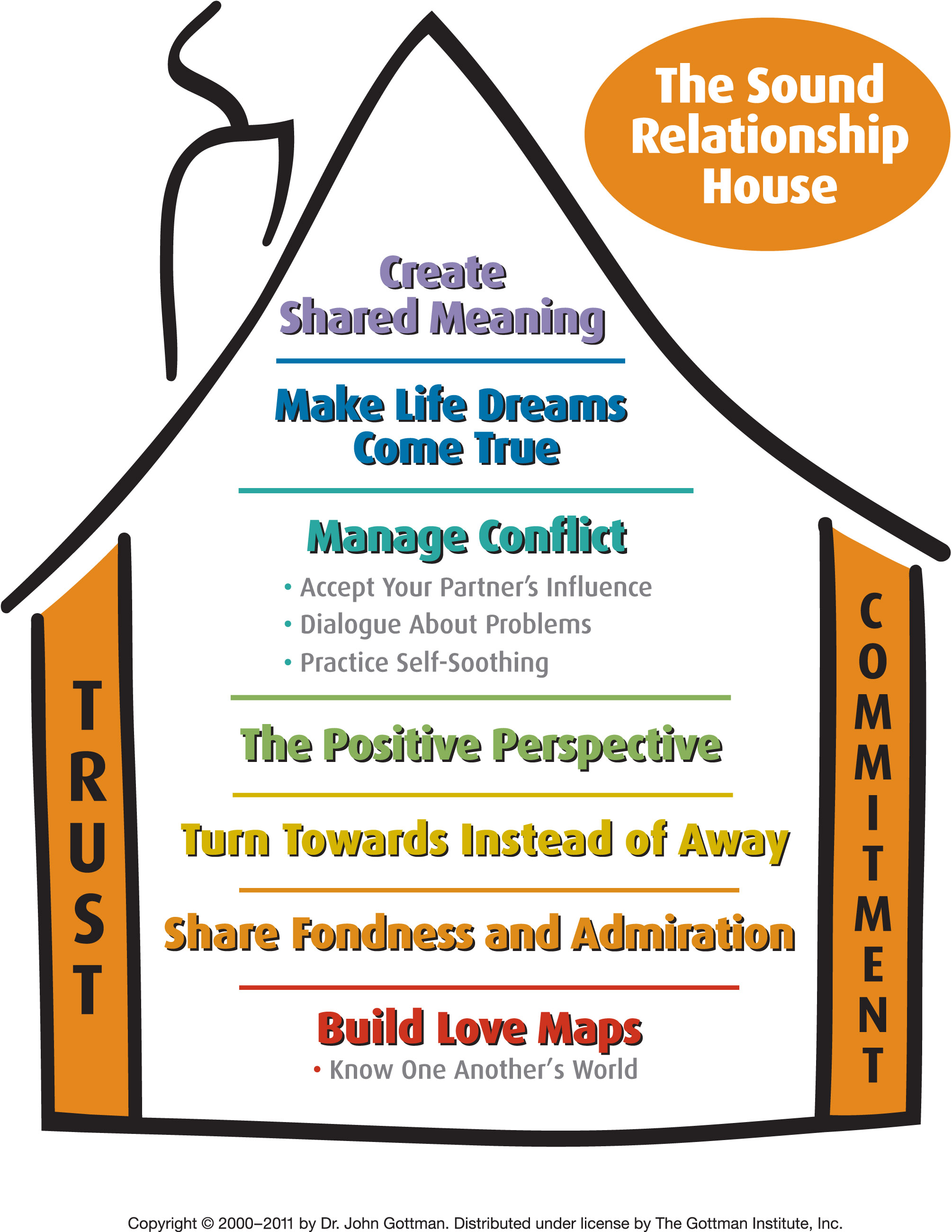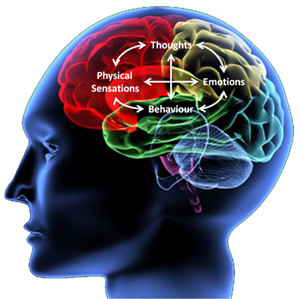

14 ways to tell if a relationship is toxic.
by Counseling and Wellness Center of PittsburghMarch 28, 2019 abuse, anger, borderline personality disorder, BPD, BPD Relationships, domestic violence, jealousy, narcissistic personality disorder, Personality disorders, relationship conflict, signs of a toxic relationship, toxic relationship signs, Unhealthy relationships0 comments
14 Toxic Relationship Signs
According the great writer Leo Tolstoy “All happy families are alike; each unhappy family is unhappy in its own way.” Our sources say, ‘Not true Tolstoy’, of course when psychologists and social scientists put their noses in the matter we can quantify and define the exact toxic relationship signs to look out for.
A healthy marriage, friendship, or...Learn More
Gottman Method Marriage Counseling
by Counseling and Wellness Center of PittsburghMarch 19, 2019 gottman counselor, gottman marriage counseling, gottman method counseling, marriage counseling near me, sound relationship house0 comments
Gottman Method Marriage Counseling
Gottman Method Couples counseling is a form of therapy created by Drs John and Judy Gottman, which aims to support a positive and constructive relationship between two married or dating partners. Gottman method counseling is grounded in research and is proven to be one of the most effective ways to help couples enhance their relationship. The theory...Learn More
How to Boost Your Brain Health, BDNF!
by Counseling and Wellness Center of PittsburghMarch 12, 2019 bdfn, brain health, healthy food, NIH, Uncategorized1 comment
How to Boost Your Brain Health
If you knew that tweaking some lifestyle habits could act like brain fertilizer, building new connections to reduce your risk of dementia, improve mood and reduce depression, improve heart function, and more, would you want to learn about it? Lauri Lang, RDN, LDN, is here as your licensed nutritionist to help you navigate those changes and learn about the best...Learn More
What is Cognitive Behavioral Therapy?
by Counseling and Wellness Center of PittsburghMarch 4, 2019 Behavior Therapy, CBT, cognitive behavior therapy, Cognitive behavior therapy near me, cognitive distortions, Cognitive therapy, maladaptive assumptions0 comments
Cognitive Behavioral Therapy, or CBT, is a common buzz word and psychological term, but what is Cognitive Behavioral Therapy? According to the Beck Institute, In clinical terms, it is a specific theoretical therapy that is used as a psychological treatment. Since its creation in the 1960’s by Dr. Aaron Beck, CBT has been proven to help reduce the symptoms associated with a range of...Learn More
Meditation, Ommmm-my! Getting from Mind-Full to Mindfulness!
by Counseling and Wellness Center of PittsburghMarch 1, 2019 how to meditate, kinds of meditation0 comments
We all have the innate capacity for greater clarity, calm, and focus. Consciousness is in fact a skill that can be sharpened when each day we wipe clean the debris that clouds our minds and trickles even into our physical bodies. Mindfulness meditation is a kind of focused awareness where we become distinctly aware of our selves, the nature of our thoughts, the quality of the sensations...Learn More